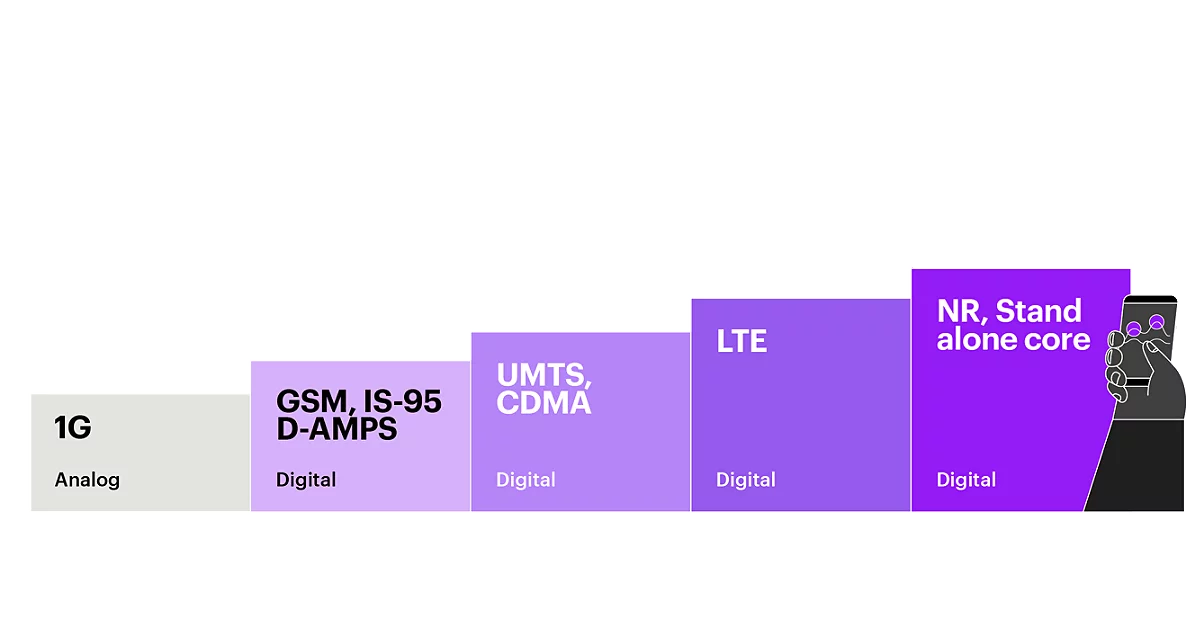Blog
How can 5G + Edge + Cloud help prevent wildfires?
5-MINUTE READ
June 23, 2021
Blog
5-MINUTE READ
June 23, 2021
I still remember the day in September 2020 when the skies in San Francisco turned orange from the wildfires raging across our State. Wildfires are not new to California and while those fires were caused by lightening, others are often caused by humans or even electric power lines. California regulators estimate that electrical utility equipment and power lines cause about 10% of wildfires in the state each year.
A year later, I’m optimistic about new technologies being developed to help mitigate the risks in these types of mission-critical environments. The one that has me the most optimistic is 5G because some day it may enable edge compute and cloud to help prevent wildfires and boost innovation in a wide range of industries around preventative measures, near real-time response and consistent improvements through advanced analytics.
People often ask me whether 5G is just the next cellular/mobile network generation (G) after 2G, 3G and 4G. The answer is no. 5G is not like the mobile network services that have come before it. To understand this, let’s take a look at the earlier generations in the below graphic and do a comparison.
It all started with 1G, which was one network that unlocked mobile voice, followed by 2G, which added the ability to send text messages as shown in Figure 1. 3G expanded on that with a network that could handle mobile voice, text, and mobile data while 4G added mobile internet to the mix, connecting humans with devices. 5G however, is where it gets even more exciting because instead of just connecting humans and devices, 5G was designed to connect our world, which Figure 2 illustrates. With 5G, cellular networks can be configured and personalized for particular use cases.


Figure 1
Source: Accenture 2021
5G also enables other technologies such as edge compute, Internet of Things (IoT), analytics, and cloud to name just a few. For example, 5G can be deployed in different ways, such as a private network or a network slice, both of which can further complement and enable cloud transformation. As 5G continues to deploy, cloud computing will also distribute resources closer to the edge of the network, where data is generated. As a result of these technology trends, a combination of 5G + edge compute + cloud will become more and more common. 5G unlocks more data, more data is processed at the edge, and edge computing is an extension of cloud.


Figure 2
Source: The Impact of 5G on the United States Economy, 2021; Accenture analysis, 2021
With 5G, service providers can adapt the network to what the user requires. For example, one company might require very high throughput while another might need a network that is very responsive and has low latency. With 5G, providers can configure the network to each of these use cases. This can be done by providing the customer with either a private network or taking a dedicated slice of a public network.
Private wireless offers an on-premise and purpose-built network solution which can solve business-critical operations securely. A private network with dedicated radio and localized cellular equipment can support strategic indoor and outdoor operations—including IoT, video analytics and artificial intelligence (AI)—which would otherwise be impacted by legacy and ad hoc wireless designs. It also has the flexibility to be deployed in different ways, from a standalone network to a hybrid model.
Private wireless makes organizations highly versatile, allowing them to set up a network tailor-made to their business needs. As it is form-fitted to the enterprise, it can deliver mission-critical grade connectivity to coverage areas that are hard to serve with a public network (e.g., manufacturing with lots of reflectivity, mining sites that are hard to reach underground, logistics that require true mobility, oil and gas with diffraction and wireless signal scattering). Private wireless networks can work with multi-access edge compute (MEC) to allow enterprises to keep data on-premises and use SIM-based security, adding layers of data protection. Local data can be broken out by MEC to stay on the private network which can result in no data transfer charges. In this scenario, a private network + MEC and local traffic breakout can lower operating cost compared to using a public network. Finally, private wireless can increase network quality and availability, as the network can be optimized to handle specific traffic requirements.
As 5G continues to deploy, cloud computing will also distribute resources closer to the edge of the network, where data is generated.
Another option to customize a next-generation network is network slicing. A network slice will be an incredibly useful solution for wide-area networks, but a network slice will also require both 5G New Radios and a 5G Stand-Alone Core. This capability will take time since 3rd Generation Partnership Project (3GPP) standards in release 16 (finalized July 2020) and release 17 (set for 2022) will need to be implemented. When available, a network slice allows the provider to take the entire network from radio to transport/backhaul to core network and create a fit-for-purpose connectivity solution. The customer gets a slice of the public network that is dedicated to them. For example, a manufacturing company may require a bandwidth-intensive network slice so they can use a high-definition camera to do video analytics for quality assurance. Alternatively, a utilities company may require a low latency network slice that is very responsive so they can take massive IoT sensor data and process it in near real-time at the edge for preventative measures. This is where the wildfire risk can be better controlled. If sensors are installed and monitored, fire threats could be mitigated before an event occurs, and utilities can take proactive measures before the situation gets out of hand.
The potential of 5G + edge + cloud is enormous and can not only help prevent and fight wildfires, but also assist in other mission-critical environments. Cloud transformation can also benefit from advances in network connectivity such as 5G.
Now that we’ve discussed the interrelationship between 5G, edge and cloud, we can look at the business opportunities in each industry. Follow me on LinkedIn for more on 5G.